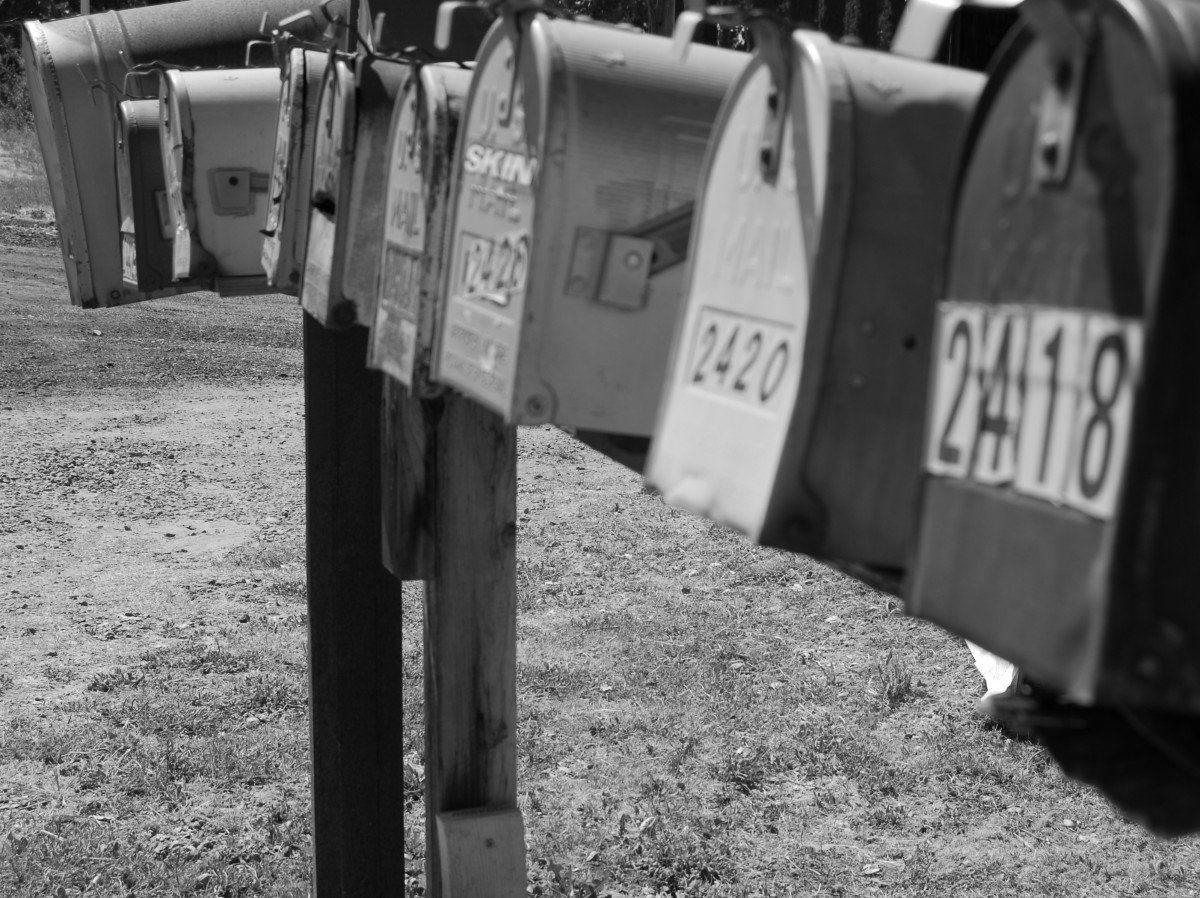
It’s not just phone calls, emails and Google searches the U.S. government is using to surveil and monitor the American public. As a recent report from The New York Times found, they’re also using regular postal mail.
Once part of a secret program known as the Mail Isolation Control and Tracking program, this surveillance technique allows law enforcement to monitor the mail of a person suspected of being involved in criminal activity.
The program’s existence was reportedly revealed on June 7 of this year by the FBI in a criminal complaint related to ricin-laced letters that were intended for President Obama and New York City Mayor Michael Bloomberg.
Using the information on the outside of letters and packages delivered to a home or business, law enforcement groups such as the FBI, the Drug Enforcement Agency, the Internal Revenue Service and other federal, local and state agencies can track “the correspondence of people suspected of fraud, using the mail to send drugs or terrorism.”
For example, in 2007, the FBI, IRS and local police in Charlotte, N.C., used mail covers to gather evidence that Sallie Wamsley-Saxon and her husband, Donald, were running a prostitution ring. By using mail covers to track banking activity, investigators said they were able to gather enough evidence on the couple.
While the program initially began as a way for law enforcement agencies to track an individual’s mail for 30 days, the program was expanded in 2001 after anthrax was sent through the mail and resulted in the deaths of five people, including two postal workers. Since the program’s expansion, however, officials say information is now “indiscriminately” collected on every piece of mail.
According to The New York Times, more than 160 billion pieces of mail are subjected to this program each year. Information on the outer part of the letter, including names and addresses, is put into a database that reportedly allows the government to construct in-depth profiles of individuals, including their personal and political connections.
How long that information is stored, including the images of the mail, is not known.
The contents of the mail are not usually inspected as part of the mail cover program, since opening mail would require a warrant. However, in 2007, President George W. Bush signed a statement that allowed the federal government to open mail without first obtaining a warrant in cases involving an emergency or foreign intelligence.
James Wedick, a former FBI agent, said that the mail cover program is “a treasure trove of information” and that just by looking at the outside of a person’s mail, “I can see who you bank with, who you communicate with — all kinds of useful information that gives investigators leads that they can then follow up on with a subpoena.”
Wedick said he used mail covers in a number of investigations during his career.
Mark Rasch has worked on several fraud cases using mail covers and started a computer crimes unit in the fraud section of the criminal division of the Justice Department. He told The New York Times that mail covers used to be used only when there was probable cause someone had committed a crime.
“Now it seems to be, ‘Let’s record everyone’s mail so in the future we might go back and see who you were communicating with.’ Essentially you’ve added mail covers on millions of Americans,” he said.
“It can easily abused,” said Wedick, “because it’s so easy to use, and you don’t have to go through a judge to get the information. You just fill out a form.”
News of the mail cover program comes about a month after National Security Agency whistleblower Edward Snowden leaked documents showing that the government had conducted mass surveillance of the American public.
Bruce Schneier, a computer and security expert, said that the mail cover program is an invasion of privacy.
“Basically they are doing the same thing as the other programs, collecting the information on the outside of your mail, the metadata, if you will, of names, addresses, return addresses and postmark locations, which gives the government a pretty good map of your contacts, even if they aren’t reading the contents,” he said to The New York Times.
But for years, judges have ruled that there is no reasonable expectation that the information on the outside of a letter or package be kept private. According to The New York Times, both the George W. Bush and the Obama administrations have used the mail-cover program and related court rulings to justify the NSA surveillance programs.
Officials say that there are two types of mail surveillance — one related to criminal activity and one related to national security. Speaking on the condition of anonymity to The New York Times, law enforcement officials said that between 15,000 and 20,000 requests for criminal activity mail cover surveillance are filed each year. The number of mail cover surveillance requests made for national security reasons is not known.


